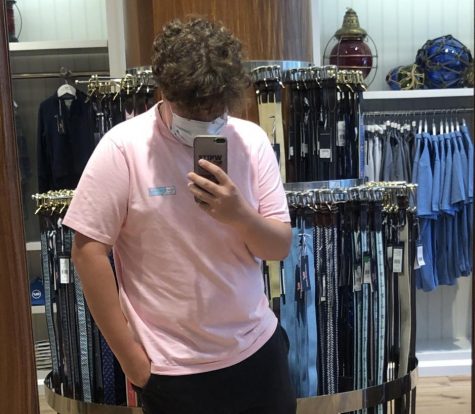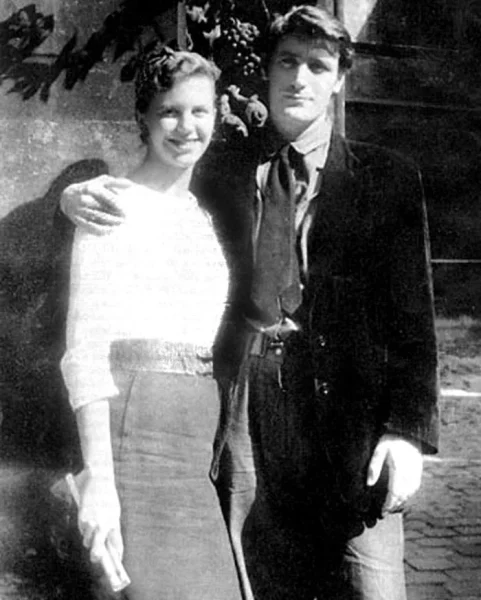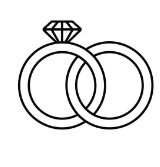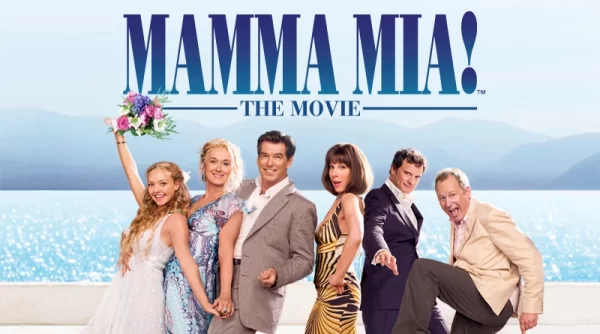Skateboard History
October 5, 2020
Skateboarding has had its fair share of history. From being a surfboard on land, to doing Ollie’s off a 25 set staircase, it has changed greatly. Since this is a historic way of transport, it has had many different looks. There are over 100 types of skateboards with different designs, wheels, grip-tapes, and etc.
In 1959, surfers were some of the coolest people during the time. Then Larry Stevenson had an idea of surfing on land. So he got a long piece of wood and roller blade wheelies. It was then that the skateboard was created. Soon afterwards, people were doing tricks such as standing on the tip of it and doing circles. Years later, they began to build skate parks. On March, 13, 1976, the first ever skate-park was made for skaters to learn new tricks such as riding bowls. This era of skateboarding was called ¨Freestyle¨ because there weren’t real tricks like the ones that exist today. Also, there wasn’t any grip-tape, which meant that one wrong move and you were going to be on the floor.
On July, 3, 1985, a movie came out and when it did it changed skateboarding forever. The movie that changed skateboarding is called, “Back to the Future,” and it led to an increase in the popularity of skateboarding. That year, almost every kid got a skateboard underneath their Christmas tree. Skateboards also got a whole different look when this movie came out. They stopped using the wood and wheels. Instead, they got wood, put grip tape on it, made the back go up and everything else straight, with the trunks and bearings being added in order to go fast.
After that, people began learning the modern tricks like the Ollie, Kick-flip, and Manual. Skaters everywhere were taking it seriously now and a lot of people stopped doing the freestyle and went out to do flips and other tricks. The only problem was that the new skateboard was so big and bulky; therefore, not too many people could land tricks unless they were doing it fast. Many people could do grinds easily because of the grind helpers that a lot of skateboards had and the overall width of the board. It was a big improvement from the wooden plank, but it wasn’t perfect.
After years of development, we have the skateboard that we have today, the Popsicle stick shape. Flat, curved, and long, the strength of the board is amazing. It isn’t bulky or too big. It was longer and a lot better than the previous ones. These are the skateboards that Tony Hawk, Aaron ¨Jaws¨ Homoki and other famous pro skaters use. It was smaller and a lot of people could do tricks a lot faster and easier from the shape and the landing was much smoother than the big bulkier boards.
This was also the time when skateboards had different size wheels for park and street ride. The park ride makes the wheels soft and it would go faster at the skate-park, and the street wheels would get better grinds and would be faster when hill bombing and doing fast tricks. Bearings are also really important because that’s the way they make skateboards go fast for tricks and grinds. A really popular brand that so many people use is Bones Red. They are really fast for ramps and grinds. There are also different types of sizes like 7.0, 7.5, etc.
The skateboard had a lot of changes from a long plank wood with roller blade wheels, to professional name brands like Baker and Element, to long-boards and penny boards. All of these different skateboards come from one common ancestor, the plank wood from the 1960s.
Adrian Borawski










